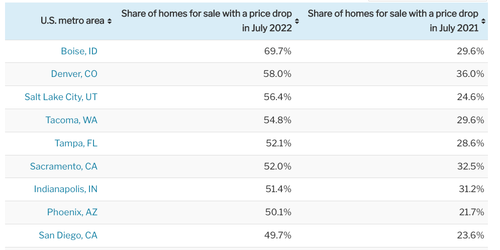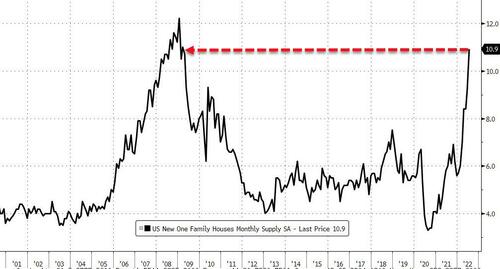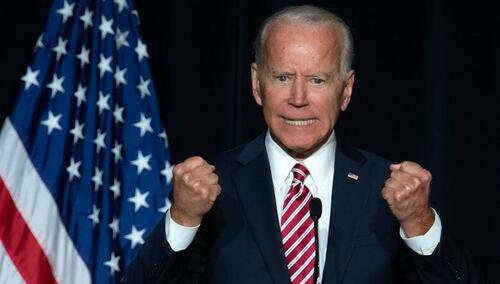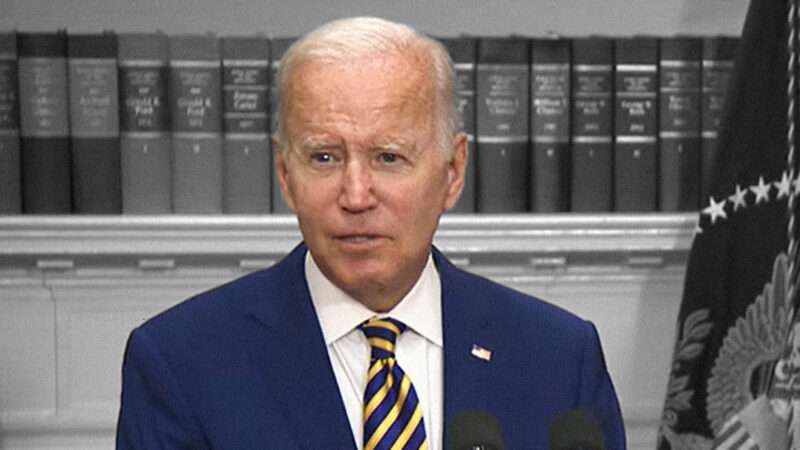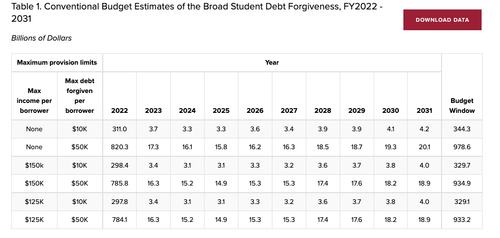Just two years ago, Mehmet Oz was saying “we ought to completely change our policy on marijuana,” which he described as “one of the most underused tools in America.” Back then, Oz was still hosting his eponymous daytime talk show, a job he left in January to seek the Republican nomination for a U.S. Senate seat in Pennsylvania. But now that Oz is running for that seat against the Democratic nominee, Lt. Gov. John Fetterman, the former TV doctor has changed his tune on marijuana, mocking his opponent for supporting legalization.
“He’s the most radical candidate in the country,” Oz tweeted last week. The video he presented to back up that claim cites Fetterman’s positions on criminal justice reform, government spending, energy production, and “socialized medicine” while suggesting that he is taking his cues from Sen. Bernie Sanders (I–Vt.), a self-described “democratic socialist.” But the video begins by alluding to Fetterman’s support for legalizing recreational marijuana, which the ad presents as clear evidence of his left-wing wackiness.
“Let’s pull back his hoodie and examine what’s in his head,” the narrator says as an animation shows the top of Fetterman’s skull come off. Out pop a bunch of screws, followed by a rainbow-colored bong. “Looks like he has some screws loose,” says the voiceover. “What’s this?” the narrator adds, referring to the bubbling, smoking bong, which elicits a couple of coughs. The unsubtle message: “John Fetterman is crazier than you think.”
During a recent Fox News interview, Oz likewise cited Fetterman’s position on marijuana legalization as evidence that he is unfit for the job he is seeking. “He’s known for hanging a pot flag out of the windows” and “campaigning” to “get marijuana legalized,” Oz said.
In 2020, by contrast, Oz did not seem to think that position was manifestly absurd. Oz told rapper and radio personality Fatman Scoop that Montel Williams, another daytime talk show host, had “years ago” persuaded him that marijuana was medically useful by explaining how it helped alleviate the symptoms of his multiple sclerosis. “We ought to completely change our policy on marijuana,” Oz said. “It absolutely works.”
While elaborating on marijuana’s medical utility, Oz also noted that its hazards compare favorably to those of alcohol and prescription drugs. “I’ve seen this helping people with sleep issues, with pain issues for sure, and a lot of people who have serious medical problems getting relief,” he said. “And here’s the thing: You can’t die from it. I’m unaware of any case when anyone has overdosed. It’s not really addictive….It’s a lot safer than alcohol. It’s safer than narcotics. It ought to be used more widely, and we can’t even study it that easily because of the way it’s regulated.”
Oz reported that he had discussed the issue with officials at the Drug Enforcement Administration (DEA) and the Food and Drug Administration (FDA). The message from the DEA, he said, was “we don’t want this to be illegal,” but “we got to enforce the law.” Meanwhile, he said, the FDA told him, “We think it ought to be used, but until the DEA says it’s allowed, we can’t let people prescribe it.”
Oz, who called the federal government’s treatment of cannabis “a farce,” was alluding to a conundrum created by marijuana’s classification as a Schedule I controlled substance, a category supposedly reserved for drugs that have a high potential for abuse, cannot be used safely even under a doctor’s supervision, and have no accepted medical use. The DEA has the legal authority to reschedule marijuana in consultation with the Department of Health and Human Services, which includes the FDA. The DEA had long taken the position that marijuana cannot be removed from Schedule I until there is enough evidence to persuade the FDA that it should be approved as a prescription drug. But as Oz noted, the restrictions associated with marijuana’s Schedule I status made it difficult to study its medical applications.
While Oz’s comments during that interview focused on the medical use of marijuana, the comparison with alcohol suggested an openness to allowing recreational use. So did his assertion that “we ought to completely change our policy on marijuana.” Oz, who said he had never smoked marijuana, added that he would not be inclined to “get high” if it were legal, which again implied that he was contemplating a broader change than allowing patients to use marijuana for symptom relief.
By last May, Oz seemed to have forgotten his pro-marijuana statements. In a Newsmax interview, he suggested that legalizing recreational use in Pennsylvania, where medical use has been allowed since 2016, would be a mistake. “There are not enough Pennsylvanians to work in Pennsylvania,” Oz said, “so giving them pot so that they stay home is not, I don’t think, an ideal move….We need to get Pennsylvanians back at work, gotta give them their mojo, and I don’t want marijuana to be a hindrance to that.”
Those comments invoked a hoary anti-pot trope, suggesting that marijuana use saps motivation and makes people unwilling or unable to work. Notably, Oz expressed no such concern when he was singing marijuana’s praises in 2020.
Oz now has gone beyond skepticism of recreational legalization or even forthright opposition to that policy. In his eagerness to discredit Fetterman, he is suggesting that supporting legalization is self-evidently crazy.
Oz may think that stance will endear him to conservatives who take a similar view and reinforce his argument that Fetterman is unacceptably “radical,” based on the outmoded assumption that opposing pot prohibition is a reliable marker of left-wing politics. Former House Speaker Newt Gingrich, who falsely claimed that Fetterman “took down the American flag in his office in the Capitol to put up the marijuana flag and the gay pride flag,” seems to agree. If you don’t think the government should be arresting and incarcerating cannabis consumers and the people who supply them, he implied, you are unpatriotic.
Gingrich, who has not won an election in more than two decades, does not seem to have noticed that a large majority of Americans—more than two-thirds, according to the latest Gallup poll—agree with Fetterman that marijuana should be legal. A 2021 Muhlenberg College poll found that 58 percent of Pennsylvania adults supported the “complete legalization” of marijuana in that state. On this issue, it is Oz, not Fetterman, who is outside the mainstream.
The post Senate Candidate Dr. Oz, Who Once Sang Pot's Praises, Now Thinks Supporting Legalization Is Clearly Crazy appeared first on Reason.com.
from Latest https://ift.tt/f5TUxps
via IFTTT

